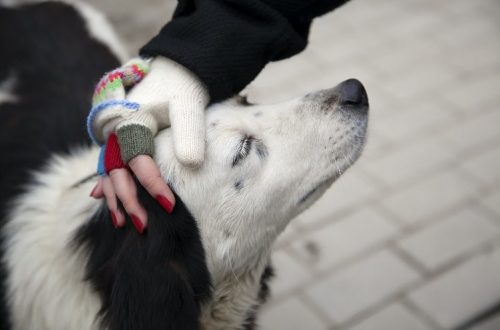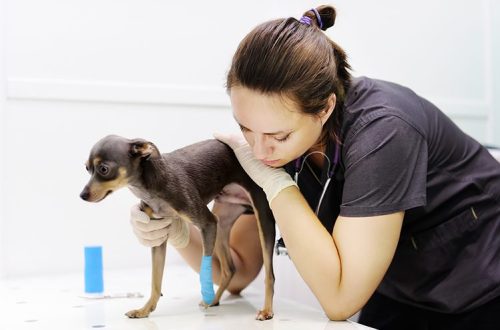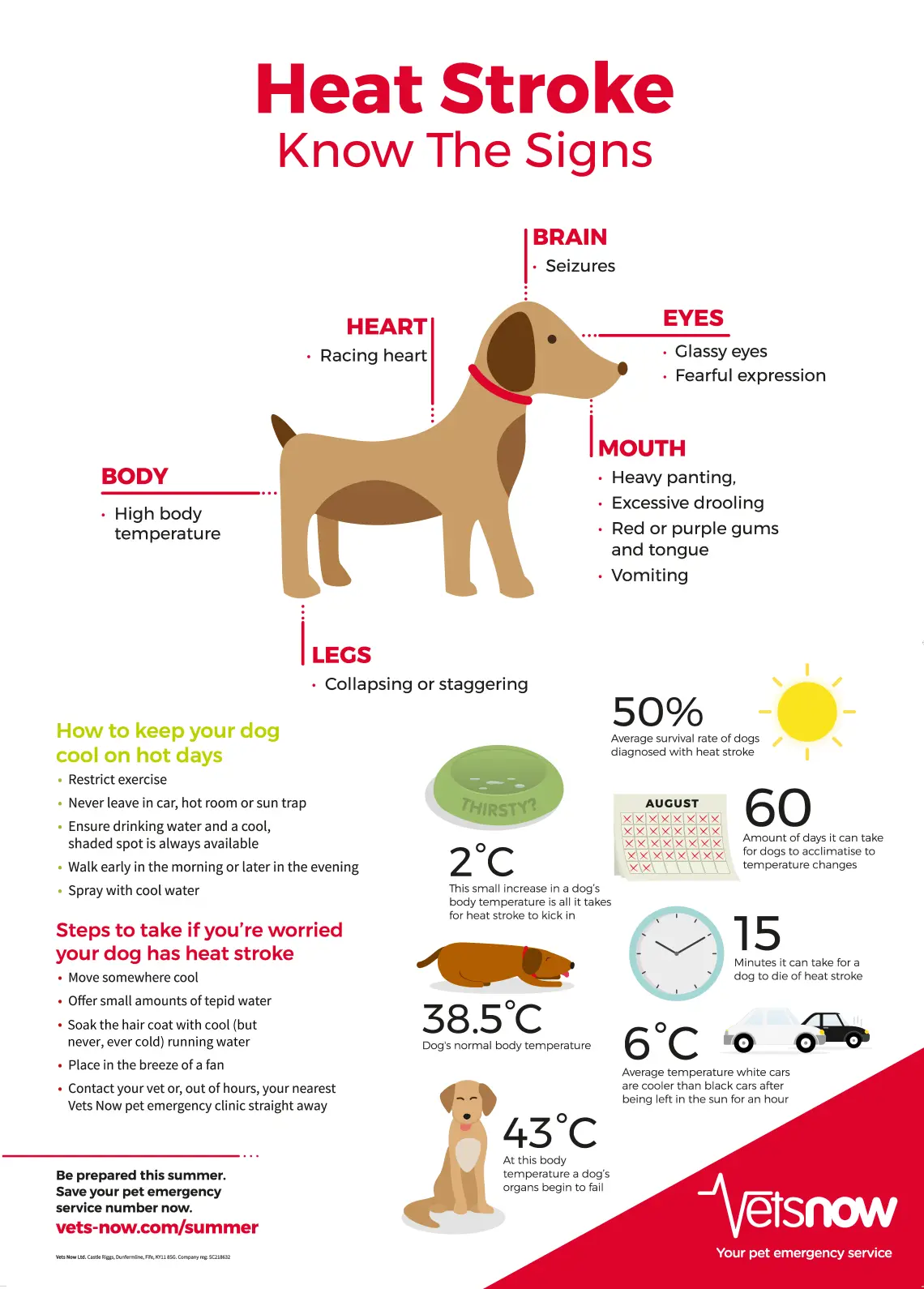
Stroke in a dog: symptoms and treatment
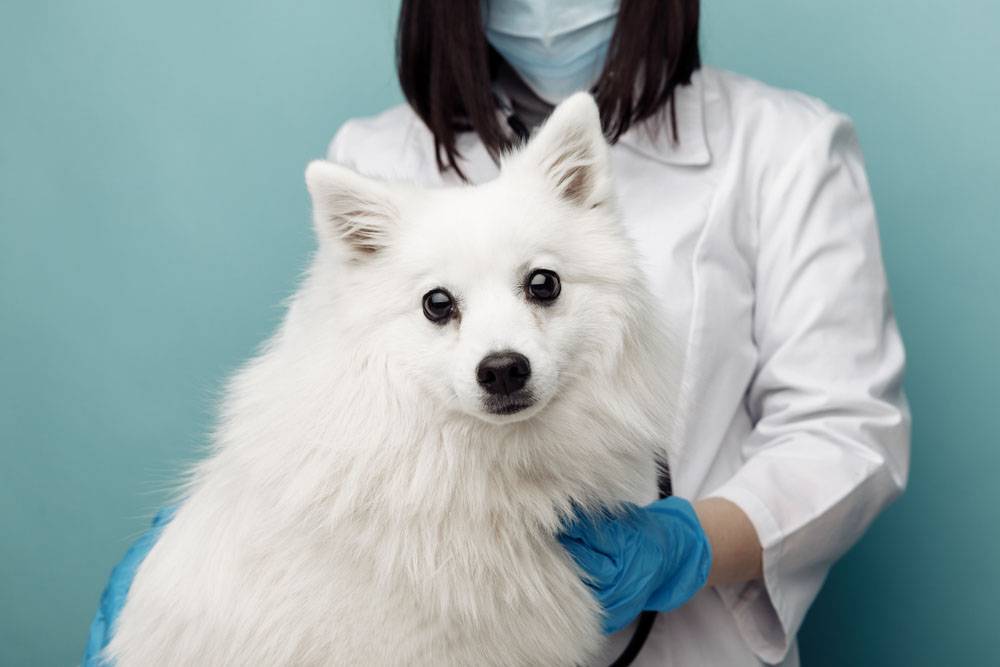
Contents
Can dogs have strokes?
It is possible for a dog to have a stroke, but it is less common in pets than in humans. Owners often don’t notice signs of a mild stroke in their pets, as the pets can’t tell when they feel dizzy, lose sight in one eye, or have memory problems. If, nevertheless, the symptoms of a stroke in a pet appear, they are expressed to a greater extent than in humans, and require immediate veterinary care.

Types of Stroke
There are two mechanisms that cause strokes in a dog: blockage of the blood vessels (ischemia), which occurs due to blood clots, tumor cells, accumulations of platelets, bacteria, or parasites, and bleeding in the brain (hemorrhage), which is the result of a blood vessel rupture or disorder. blood clotting.
Ischemic stroke
In this case, the brain receives too little blood. These strokes in dogs occur when blood clots, tumor cells, platelet clumps, bacteria, or parasites block the blood vessels in the brain. This obstruction (obstruction) leads to damage to the brain tissue. Ischemic strokes are more common than hemorrhagic strokes in both pets and humans.
Hemorrhagic stroke
The brain receives too much blood, usually when a vessel ruptures and bleeds into the brain. The brain cells can then be damaged, either because the extra blood puts pressure on surrounding brain cells or because the hemoglobin in the blood damages specialized cells in the brain called neurons. In a hemorrhagic stroke, the blood vessels rupture, causing bleeding in the brain, swelling, and increased pressure. Where there was a rupture, there is a hemorrhage. The blood between the brain and skull is a subdural hemorrhage. Leakage of blood into the brain – intraparenchymal hemorrhage.
Fibrocartilage embolism (FCE)
It occurs in dogs when a small piece of disc material in the spine breaks off and migrates to the spinal cord. FCE occurs very quickly, usually when the dog is playing, jumping, or running after major injuries. First, the pet suddenly becomes very painful, and then paralysis progresses.
Microstroke in a dog
Another conditional type that can occur as a result of ischemia or hemorrhage is a microstroke. From the name it is clear that a small amount of brain tissue suffers as a result of it. A microstroke in a dog has smoothed symptoms – a decrease in reaction to the owner’s commands, a lack of habitual activity, refusal of food and water. Symptoms occur spontaneously and often go away on their own.

Causes of strokes
Strokes usually occur in older individuals and are often secondary to some chronic disorder. However, about 50% of strokes in dogs have no identifiable underlying cause.
Major diseases that can cause strokes include kidney disease, Cushing’s disease (hypadrenocorticism), hypertension, diabetes, heart disease, bleeding disorders, hypothyroidism, cancer, and in some cases high doses of steroids such as prednisolone trigger stroke.
It’s also worth noting that some breeds are actually more prone to strokes than others. For example, Cavalier King Charles Spaniels, which are prone to heart disease, are more likely to have a stroke because of it.

Symptoms and early signs of stroke in dogs
If a dog has a stroke, the symptoms often appear suddenly, but can vary greatly depending on the area of the brain affected. You may notice the following:
- Loss of balance or fall
- Circulation
- Loss of bladder or bowel control
- Paresis (weakness of the limbs)
- Ataxia (inability to control movement)
- Behavioral change (for example, a calm dog becomes aggressive)
- Failure to recognize owner
- Head tilt
- Difficulty walking
- Personality change
- Lack of interest in the environment
- Abnormal eye movement or position
- Fall/tilt to one side
- Blindness
- Seizures

Diagnostics
Rapid diagnosis and treatment are critical.
A stroke is often confused with an episode of fainting, which is also associated with a lack of normal blood flow to the brain, usually caused by heart disease. Your veterinarian will perform a cardiac evaluation to determine if your pet’s condition is due to fainting or a stroke and may recommend a chest x-ray, electrocardiogram, or ultrasound of the heart to differentiate the two diagnoses.
If your dog’s heart is healthy, the veterinarian will evaluate brain function and may refer the patient for an MRI or CT scan to check for brain blockage or bleeding. Additional testing, such as a blood test, hormone level testing, urinalysis, and blood pressure measurement, is often done to determine the underlying cause of abnormal blood flow to the brain.

First aid for an animal
Although neurological symptoms often resolve with time, it is essential to see a veterinarian. If the underlying cause is not treated, there is a risk of further recurring strokes.
- If you notice signs of a stroke in an animal, secure it first. Remove the collar, put it in a comfortable position – on your side or on your stomach.
- Keep your dog’s airways clear.
- The place where the dog will lie should be limited and not have hills so that it does not accidentally fall and injure itself.
- If your first aid kit has sedatives for dogs – Express Calm, Relaxivet or others – give them to the dog.
What is forbidden to do with a stroke?
In no case do not put any drugs at home without a doctor’s prescription.
Do not attempt to water or feed your dog, liquids and food may be inhaled and cause the condition to worsen.
Try to maintain normal body temperature, do not overcool or overheat the dog.
Do not shout, shake or disturb your dog. She needs peace.
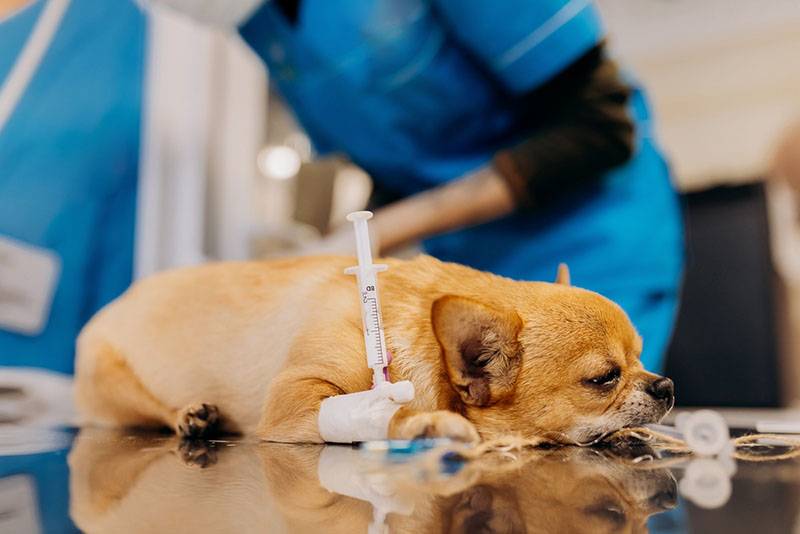
Stroke Treatment in Dogs
Treatment for stroke in dogs includes treatment of any underlying metabolic disease and supportive care. The long-term prognosis is generally good, as dogs are able to cope with these injuries.
If your pet shows any signs that could potentially indicate a stroke, contact your veterinarian immediately.
Your veterinarian may recommend transfer to the intensive care unit for continuous monitoring.
After the doctor diagnoses the cause of the stroke, they will develop a treatment plan to relieve the symptoms. Your pet may need hormone therapy for hypothyroidism, blood thinners to break up the clot, or blood pressure stabilizers to control hypertension.
As your pet’s body works to restore proper blood flow to the affected area, signs often decrease.
Supportive care is vital to your pet’s recovery from a stroke, and you may need to provide oxygen and fluid therapy, pain medication, nutritional management, and physical therapy, as well as help him walk, urinate, and defecate.
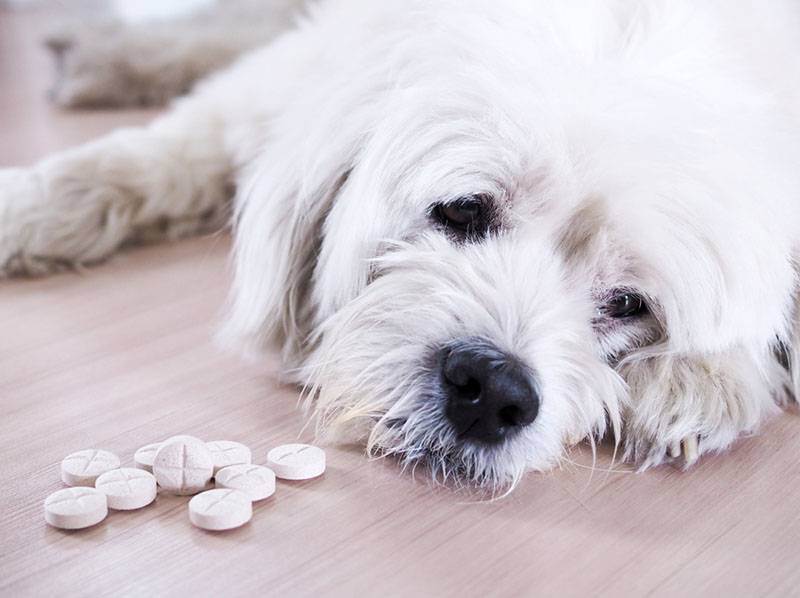
Rehabilitation and care
Unfortunately, after an animal experiences a stroke, its life changes. Many dogs get depressed and just don’t want to participate in any activities. Most veterinarians will recommend rehabilitation. During this time, you will have to care for your pet until he shows signs of recovery.
During the recovery period after a stroke, nutrition plays a very important role. You should give semi-liquid food, feed in small portions up to 6 times a day. Great food options include baby food, pâtés, and other semi-liquid foods that will both keep your dog full and keep him going.
After a stroke, your pet’s range of motion can be seriously impaired. He may not be able to move his legs or even his torso.
During recovery, muscles may begin to atrophy. Paw movements will increase blood flow to the limbs, as well as improve joint mobility. Generally, after a stroke, even if paralysis occurs, your dog will not feel physical pain, so exercise with passive range of motion will not cause discomfort and will actually provide health benefits.
In fact, passive range of motion is a great starting point before you move on to other activities after a stroke.
Most owners start with small, simple exercises that don’t tire the dog.
Before starting exercise, you should consult your veterinarian.
The course of rehabilitation may include many techniques.
Hydrotherapy is a great way to build a dog’s strength without overdoing the exercise threshold. It can be classes in the bathroom, swimming pool or on a water treadmill.
Strength training is all about helping build strength in your dog’s limbs while teaching him balance.
Many people have trouble with this exercise if their dog is large or overweight. However, for small to medium sized dogs, this is an ideal activity that will ultimately help the dog recover from illness. Exercise will build mental strength while providing balance to the dog. Many people find this to be difficult, especially after a stroke, but your perseverance and dedication will allow your pet to recover.
When you have worked on joint movements and strength training, you can give your dog a massage. Most pets love massage. It will allow you to relax your muscles after a workout and stimulate them. General massage is needed – from the fingertips to the back and neck.
Your dog will be discouraged by his slow recovery and may begin to experience bouts of deep depression. You need to praise her even for the smallest efforts and successes.
The pet needs to know that you are on his side and that you can rely on.

Prevention
Strokes by themselves cannot be prevented. However, given the fact that they are related to underlying disease processes, regular veterinary check-ups and blood test screenings can reveal potential causes that can be addressed.
Since strokes are more common in older dogs, it is important to conduct medical examinations for older dogs every 6-12 months. Clinical examination includes clinical and biochemical blood tests, ultrasound of the abdominal cavity and ultrasound of the heart.
For young dogs, it is important to follow the rules of keeping – regularly vaccinate, treat for helminths and feed them a balanced diet. This will allow the dog to be healthy for a long time.
It is also important to keep under control all chronic diseases that are detected in a pet, strictly adhere to the doctor’s recommendations and take control studies.
Home
- Signs of a stroke in a dog can be very diverse – confusion, difficulty coordinating movement, blindness, deafness.
- To find out the cause of a stroke, it is necessary to conduct an extensive examination of the pet’s body – take blood tests, perform ultrasound, MRI, CT. A stroke is often the result of another illness.
- Treatment will require control of the underlying disease, removal of stroke symptoms and rehabilitation.
- Recovery from a stroke is never easy and is often a slow process.
- With the love of the owner, exercise, and numerous rehabilitation-oriented recovery activities, your dog can regain all of his pre-disease abilities. Even after a stroke, a dog can still live a happy and fulfilling life with your help.
Answers to frequently asked questions
Sources:
- Chrisman C., Mariani C., Platt S., Clemmons R. «Neurology for the Small Animal Practitioner», 2002.
- Willer S., Thomas W. Small Animal Neurology. Color Atlas in Questions and Answers, 2016



